We, have many and varied conversations with clients and Chief Marketing Officers (CMOs) wanting to better understand what contribution their marketing efforts have to the bottom line. Through these discussions we come across one significant problem that can be described the ‘sunk-cost effect’ or, as the famed Biologist Richard Dawkins calls the ‘concord effect’. The premise of the effect is that because we have put money/time/resource/sweat-equity into a project, we are much less likely to let it go, even if it is no good. So, despite the fact that no future decision can affect past-cost, and despite British and French makers of Concorde knowing that the plane did not make enough returns for its investment (£6bn by today’s money), they continued because it had cost so much to start with.
The main (but not exclusive) area we see this is in websites. Often CMOs have invested significant time and money into the creation of a new or updated website, and almost the first thing to come out of their mouth when we speak to them about how they can improve their marketing performance is ‘the last thing I want your review to say is that we need a new website – we’ve only had this one for six months’. It is difficult to argue with this point.
We can see how they got into this situation:
- Some previous CMO convinced the board they need a new flashy website (sometimes even made in Flash!) and managed to secure a £100,00 budget 4-5 years ago.
- However, technology moved on. Suddenly that website was not mobile optimised, and everyone is saying it needs to be, so a new CMO manages to secure a further £30,000 budget to plug into the old website to ensure at least some of their mobile traffic doesn’t disappear as soon as it visits the site.
- We are now years later, more people own a smartphone or tablet than a desktop, browsing behaviour has changed, and the new CMO is faced with the knowledge that their existing platform is just not good enough, but the board aren’t going to give any more money to change it.
Thus, as an agency, we are faced with our CMO acquaintance, backed by her board, giving us the Concord argument and asking where else they can spend their budget that isn’t the website.
This lead us to consider this type of common problem where, as unbiased observers and experts we see that a new website would have the most dramatic effect on customer acquisition. We can of course scream and shout all we like, but that doesn’t help our CMO (and if anything, drives her nuts because it is the same message that every other agency is telling her; her hands are tied). Thus we asked ourselves – is there a quick, low ‘cost (/effort/time/sweat-equity)’ way of getting to the right answer (that the website needs changing) without the CMO getting a big fat rejection from her board, and us, as an agency who wants to help (not hinder) getting kicked out of her office?
Thus we came up with our Agile Pathway Model. The premise of this model is that there is an easy way to do two things – work out how best to spend marketing budget to get the best returns, and secondly give CMOs the ammunition they need in the boardroom to make their argument effectively. Simply put, the Agile Pathway Model allows, in a short two-to-eight week period, to understand the effectiveness of marketing channels, and which channels should get the best outcomes.
So the future shouldn’t be worrying about how much you have spent on your Concorde, but dreaming of the huge ROI you will get from Concorde 2.0.

